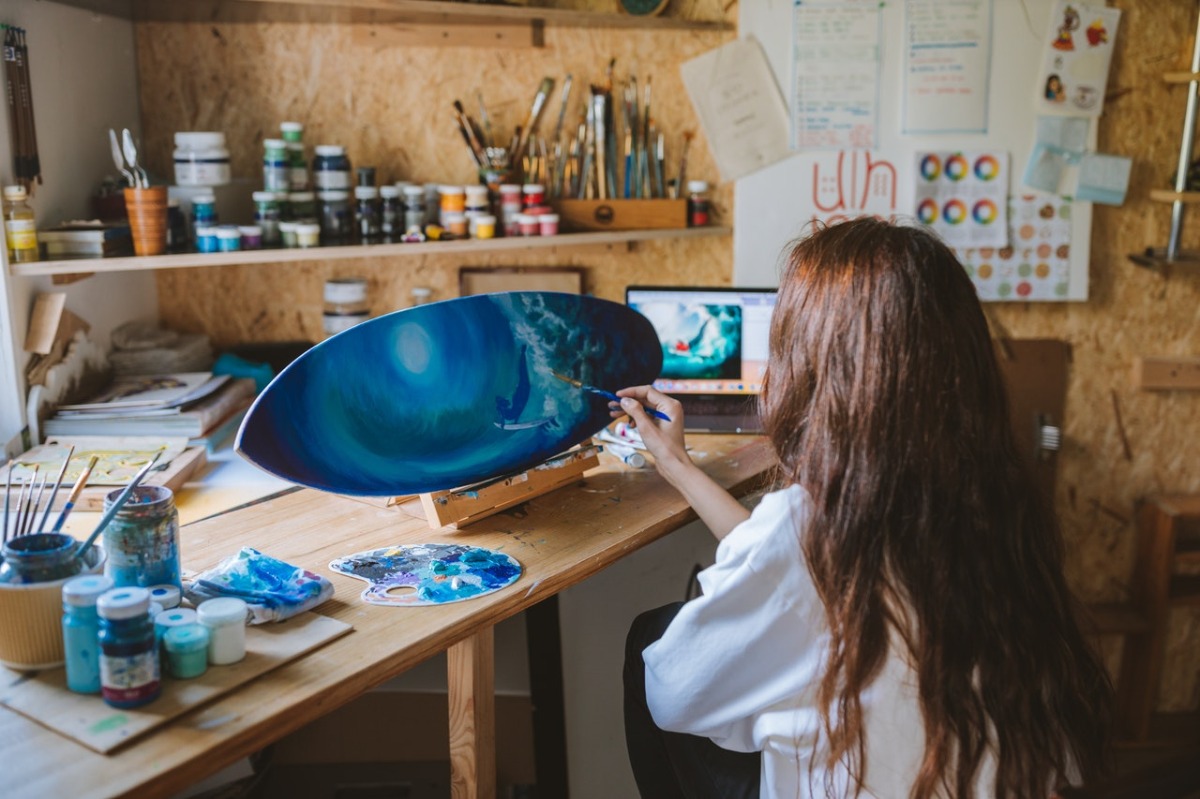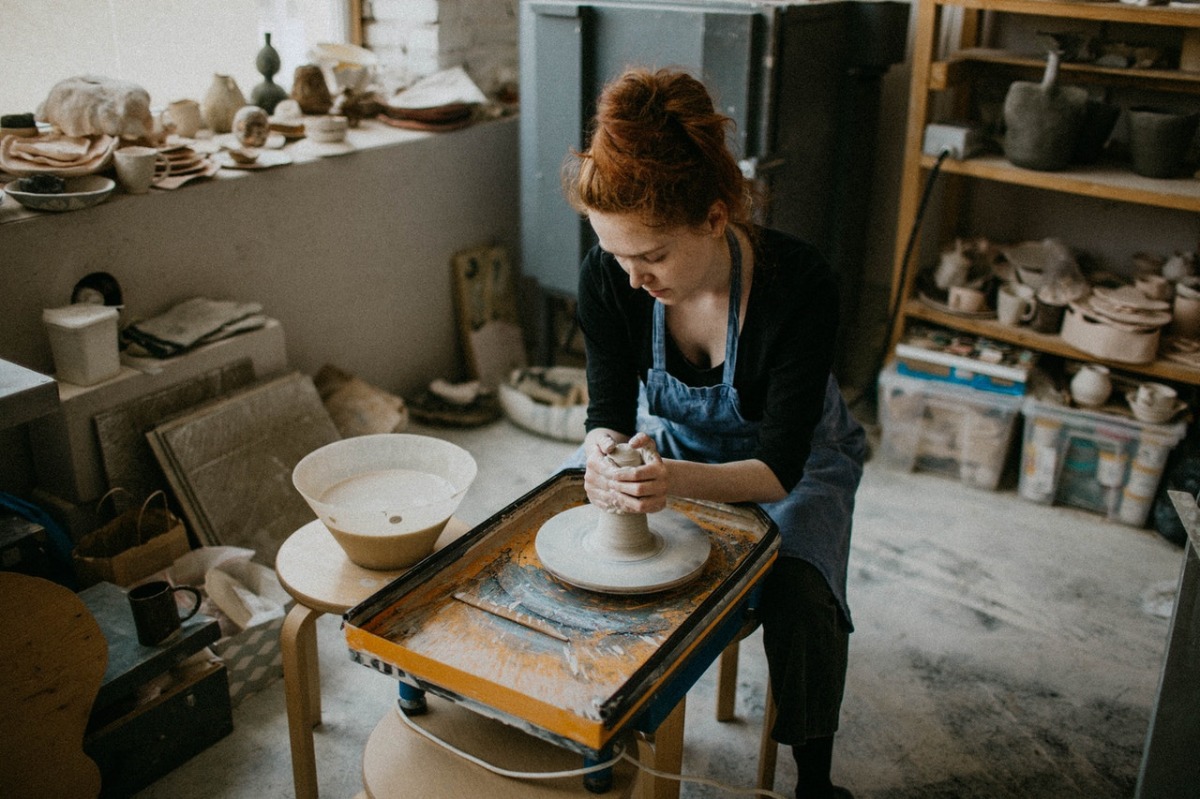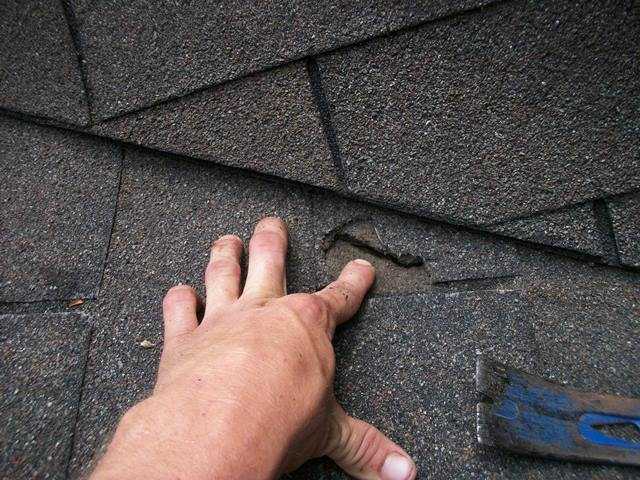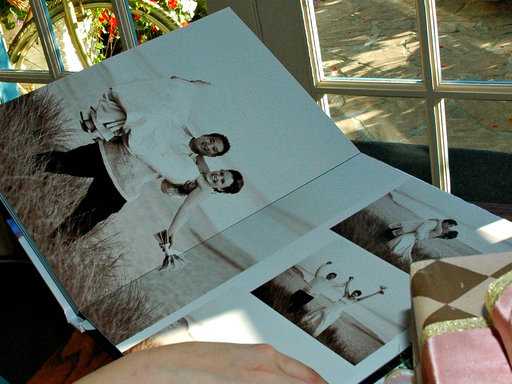Renting an art studio may seem beyond reach for budding artists, but they will come to a point when they want to move out of their home and find their own separate space. These spaces may vary from a craft room, art studio, or any area where they can improve their craft. Art studios serve as a creative space dedicated to conceptualizing, researching, creating, exhibiting, and experimenting with any form of artwork.
Whether you’re a professional artist or an amateur, it is everyone’s dream to have an art studio. Every artist is fond of having their personal working space, where they can freely showcase their next masterpiece. But to land a good art studio, every artist has different preferences to cater to their needs and preferences. These may include the price, neighborhood, lease terms, and the building community.
Finding an art studio should be easy with all the available online resources out there, from real estate applications for consumers, websites, to magazines. But these search methods may also require a certain degree of time and effort to find the best art studio that works for your art medium. That being said, here some starting points artists should consider when finding a space for their art studio. This guide will help you find the best space to enrich your art career.
Make safety a priority
Building safety is critical when looking for studio spaces. This includes city permits, sprinklers, and fire escapes. While it is not easy to land a studio space with complete permits and updated fire safety measures, putting this as your priority will not only save your artworks and masterpieces but as well as your own life.
CERF+ is a community formed by artists that offer mutual aid efforts on protecting artists’ livelihoods. They provide emergency relief, network building, advocacy, and education programs. You may visit their website to know more about studio safety and access guides to building inspections.
When checking the safety of a studio space, consult its existing tenant or nearby neighbors and establishments. Ask about ventilation, noise levels, temperature, and electricity sources. Depending on the practice or medium, most artists consider the noise level to know how it will affect their work or if it’s something they can tolerate.
If your work involves using foul-smelling materials, double-check the ventilation, as well as the windows, insulation, and air conditioning systems. This will let you know if a space heater is necessary for the winter or fans to cool down during the summer months. Windows are also important since having access to light ensures the productivity of your practice.

Get to know nearby artists in the area
Some artists prefer to work in an isolated area. But having artists nearby provides a built-in network, motivation, and support system. In the art community, working with fellow artists creates a sense of community. Artists like to feel involved in a bustling organization, where they can express and showcase their masterpieces.
Most artists like to share their art studios with nearby artists and tenants. Working with a diverse group creates an inspiring environment filled with different opinions and ideas. In fact, some art studios involve nearby tenants to provide opportunities for involvement. One example is a volunteer maintenance group, where tenants cover the cleaning of studio spaces to help artists build a professional and acceptable atmosphere for customers and clients.
But before sharing your studio with everyone else, consult the landlord if you can invite other artists or a studio mate. Doing this will prevent you from violating the lease agreement.
Find a space to stir creativity
When finding a studio, think about if having a separate space will help stir your creativity. If you’re having problems finding motivation or inspiration at home, then having a personal art studio will help you find peace and train you to be more productive.
You should also assess the practical needs of a studio, such as utilities, convenience, storage, and accessibility. But you should also be open to other kinds of studio arrangements. Some art studios allow temporary sublets by accommodating a studio mate and fellow artists.
Knowing the type of your medium will let you know your exact needs in an art studio, whether you’re holding performances, music rehearsals, fabrication, or exhibitions.
Being realistic with your preferences will help identify your priorities and needs for an art studio. Once you found your dream space, consult a lawyer before signing the contract. Renting a commercial lease is a huge step for your art career, so make sure to get the most out of your new workspace.




